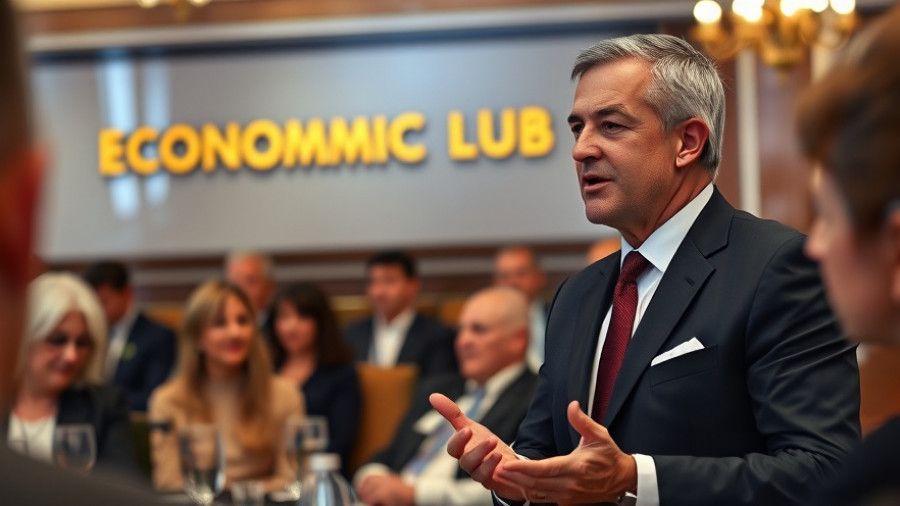
Understanding Musalem's Potential Support for an Interest Rate Cut
Federal Reserve Bank of St. Louis President Alberto Musalem indicated his openness to support a potential interest rate cut by the end of October. This stance comes amidst a backdrop of economic uncertainty, particularly concerning the labor market and inflation rates. Musalem's cautious approach reflects a broader concern about not easing monetary policy too quickly, as inflation remains a key factor in the Fed's deliberations.
The Labor Market and Inflation: A Delicate Balance
Musalem emphasized that while he could support reducing the policy rate, this would depend on further labor market risks materializing and the containment of inflation. "I could support a path with an additional reduction in the policy rate if there are further risks to the labor market that emerge," he stated during his address at the Institute of International Finance Annual Membership Meeting. His remarks highlight the Fed's ongoing struggle to manage inflation, which is partially influenced by global factors such as tariffs.
The Tariff Factor: Driving Inflation Concerns
A significant part of Musalem's argument revolves around the economic impact of tariffs, which he argues are still contributing to rising inflationary pressures. He foresees that tariffs will likely influence price levels for several more quarters but expects inflation to stabilize around the Fed's 2% target by the second half of 2026. This timeline suggests a cautious optimism about the long-term trajectory of inflation, contrasting with immediate concerns regarding the labor market.
Market Reactions: What Investors Should Consider
Anticipation surrounding potential rate cuts has led to speculation among investors and financial analysts. Musalem's cautious yet supportive tone regarding future cuts reflects the Fed's intent to provide necessary support to a labor market that shows signs of stress. Future rate cuts could lead to lower borrowing costs, making it more affordable for consumers and businesses alike, which can stimulate economic activity if executed thoughtfully.
Conclusion: Monitoring Economic Signals
As we approach the next Federal Open Market Committee meeting at the end of October, the economic signals will come under close scrutiny. Musalem's insights suggest that while a reduction in rates is a possibility, it will not happen without careful consideration of ongoing inflation risks and labor market dynamics. For consumers and business owners, understanding these developments is crucial when making financial decisions in the months ahead.
 Add Row
Add Row  Add
Add 




Write A Comment